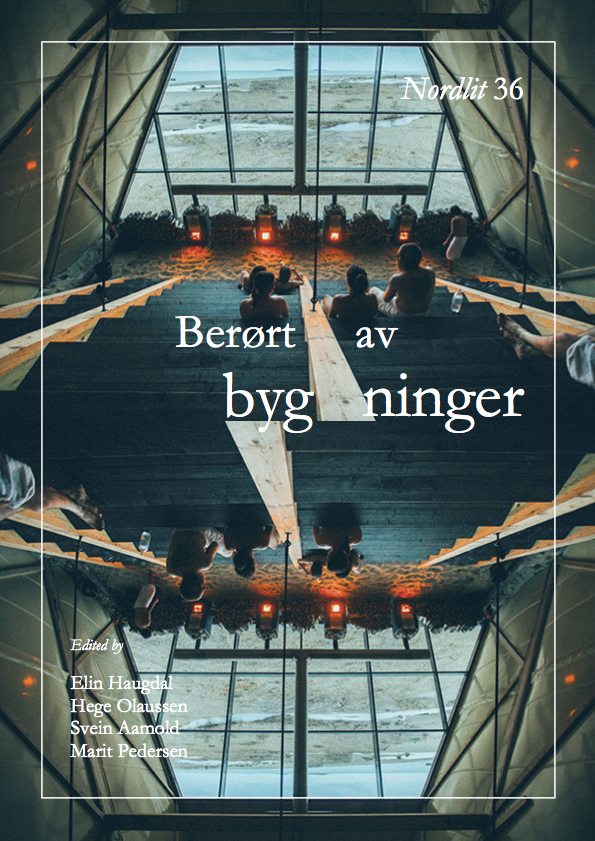Ekebergparken, landskap og demokrati
DOI:
https://doi.org/10.7557/13.3683Keywords:
Bjørbekk & Lindheim, Christian Ringnes, Frederick Law Olmsted, C.C.L.Hirschfeld, James Turell, landskapsarkitektur, Norsk Hagearkitektlag, Norske Hager, Norske landskapsarkitekters forening, skulpturpark, æreskirkegårdAbstract
The article reflects on the relationship between landscape architects, influential clients, and public involvement in Ekeberg, a publicly owned area of Oslo, where significant changes have taken place since the beginning of World War II. “Ekebergparken” was established as a public sculpture park in 2013. The park is funded entirely by private funds owned by the investor Christian Ringnes. The plans for the park sparked a public debate about private investor influence over public space, and protesters organized demonstrations against the establishment. After the opening of the park, the opposition has subsided, and criticism has been replaced by praise and recognition. Inside the park, there are remains of an honorary cemetery established by the German occupying forces in 1940. An honorary tribunal set up by the Association of Norwegian landscape architects condemned the Norwegian landscape architects who designed the cemetery for Germans after the war ended in 1945. The development of the park in both cases raises questions of democratic control over public space and ethical frames for landscape architects’ work. The two examples in this article show that understanding or lack of understanding of the political context landscape architects are working in, can result in their work subsequently receiving wide recognition in one case, and is characterized as a democratic failure in the other.









